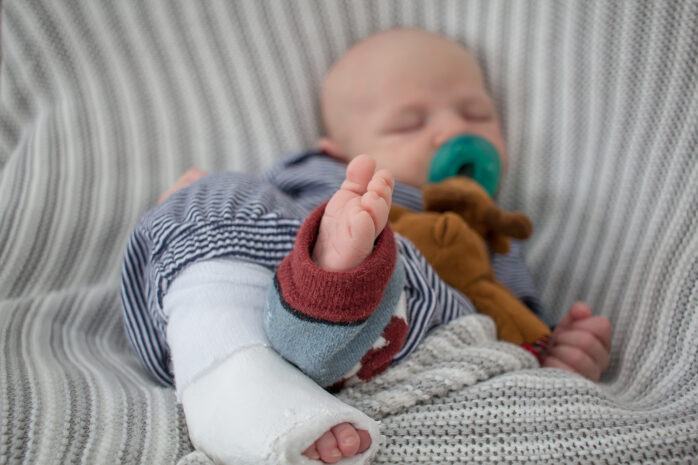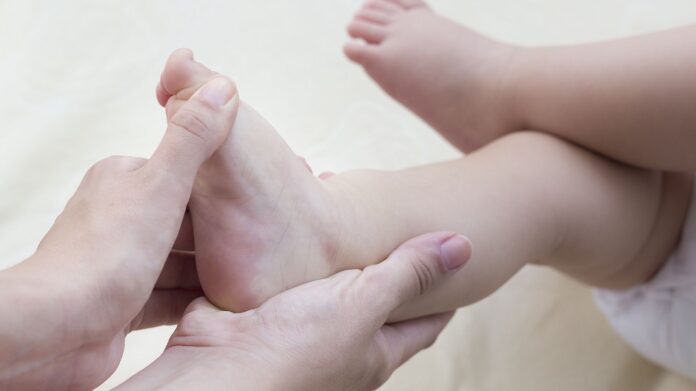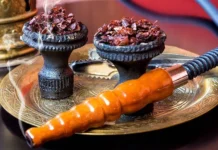Sometimes, a newborn may have a foot or both feet curving inward. This condition is known as Talipes or club feet and affects the baby’s feet tendons. These are the connective tissues between muscles and bones throughout the body. This condition happens when the tendons are way shorter than normal. As a result, the foot twists, resulting in a curve.
However, this condition is reversible. Surgery is the primary method through which doctors correct this problem. Nowadays, there are other ways, including non-surgical approaches that are proving effective in the correction process.
Which are the Non-Surgical Methods?

There are three practical non-surgical approaches to correct the Talipes or club foot defect: Ponseti, French methods, and Kite. However, children with very stiff tendons will need additional surgery as these methods might not wholly alleviate this problem. Before a surgical procedure, doctors may combine Ponseti and French techniques, which go a long way in terms of effectiveness.
1. Posenti Approach

This method involves a corrective and a maintenance phase. There are various practices involved in both phases, including casting and maintenance practices. Casting involves practices such as manipulation and tenotomy. The process’s main goal is to avoid a recurrence. As a result, doctors place a brace on the foot/feet upon completing the Ponseti procedure. The application of braces wraps up the maintenance practices.
2. Kite Method

The Kite method has some similarities with the Ponseti process in that it involves a series of manipulations and castings. Unlike Ponseti, the next time here involves night splinting. This happens while holding the feet in dorsiflexion and modest abduction.
This procedure is mainly unpopular since most children who undertake it require surgery in their later years. As a result, orthopedics deem it to be less effective.
3. French Method

This procedure to correct Talipes is a functional physical therapy method that combines splinting and physiotherapy. Manipulation of the newborn’s foot involves activating the foot’s muscles by orthopedics. They also use adhesive tapes to immobilize the foot temporarily.
Additionally, early triceps surae lengthening improves the effectiveness of physiotherapy.
Alternatively, physiotherapists may opt for plaster sequences. However, this method may not necessarily correct very stiff and short tendons. As a result, surgical intervention becomes a necessity.
Recent technological advancements have also been beneficial to the French method. Doctors are using a mini-invasive surgical procedure, which does not involve an operation.
Ponseti Method vs. French Method

The above techniques have their own set of pros and downsides. For instance, the responsibility for correcting and recovering from talipes is entirely on the doctors and nurses in the Ponseti technique. Therapists are responsible for making modifications and casting practices on the foot, but not the parent.
On the other hand, the parent undertakes most of the activities upon discharge from the hospital. However, both approaches to treat Talipes are effective. The only variation is that one is more expensive as the child will spend more time in the hospital. As a result, the basis of the decision will be per the interests of the particular family.




